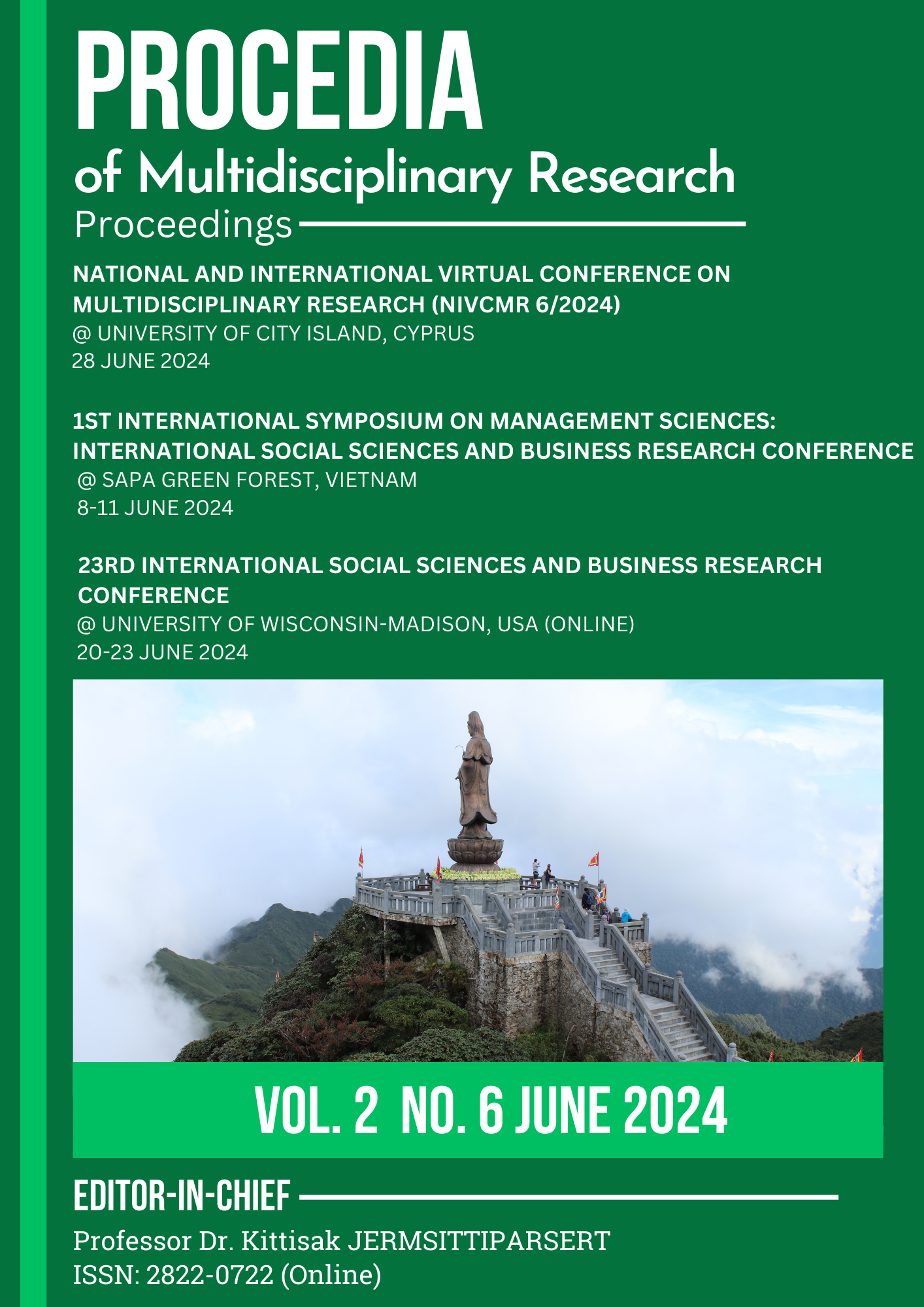IMPACT OF RAMADAN ON HALAL FOOD MARKETING STRATEGIES IN THE CHINESE MARKET: A DATA ANALYTICS APPROACH
Keywords:
China e-commerce, Data-Analytics, Halal Food Market, Halal E-commerce, Predictive analysisAbstract
This study investigates the integration of halal food into Chinese multinational culture amid the Coronavirus epidemic. Applying a thorough data analytics procedure, the research focuses on the evolving e-commerce landscape within China. The adaptation under scrutiny includes a wide range of sociocultural transformations, including linguistic proficiency, social norms, dietary preferences, and e-commerce consumption habits from various cultural domains. A data-driven marketing strategy's analytical structure, supported by an updated Segmentation, Targeting, and Positioning (STP) model, carefully examines product differentiation criteria. Furthermore, the investigation includes the implementation of a prediction model that uses complex algorithms to estimate market trends and consumer preferences. Halal cuisine, which adheres to Islamic dietary regulations, is critical to Muslims' religious devotion around the globe. This research endeavor sheds light on the tremendous significance of festive occasions, particularly the holy month of Ramadan, in fostering the successful integration of halal cuisine into contemporary Chinese food culture. The term "halal" comes from Arabic and refers to food that is considered permissible for consumption but excludes porcine products, carrion, blood, and alcohol. Although the majority of Chinese people are not Muslims, halal dietary habits have become effortlessly integrated into Chinese culinary customs, mainly in significant part due to prominent e-commerce platforms.
Downloads
Published
Issue
Section
License
Copyright (c) 2024 Procedia of Multidisciplinary Research

This work is licensed under a Creative Commons Attribution-NonCommercial-NoDerivatives 4.0 International License.







.png)


